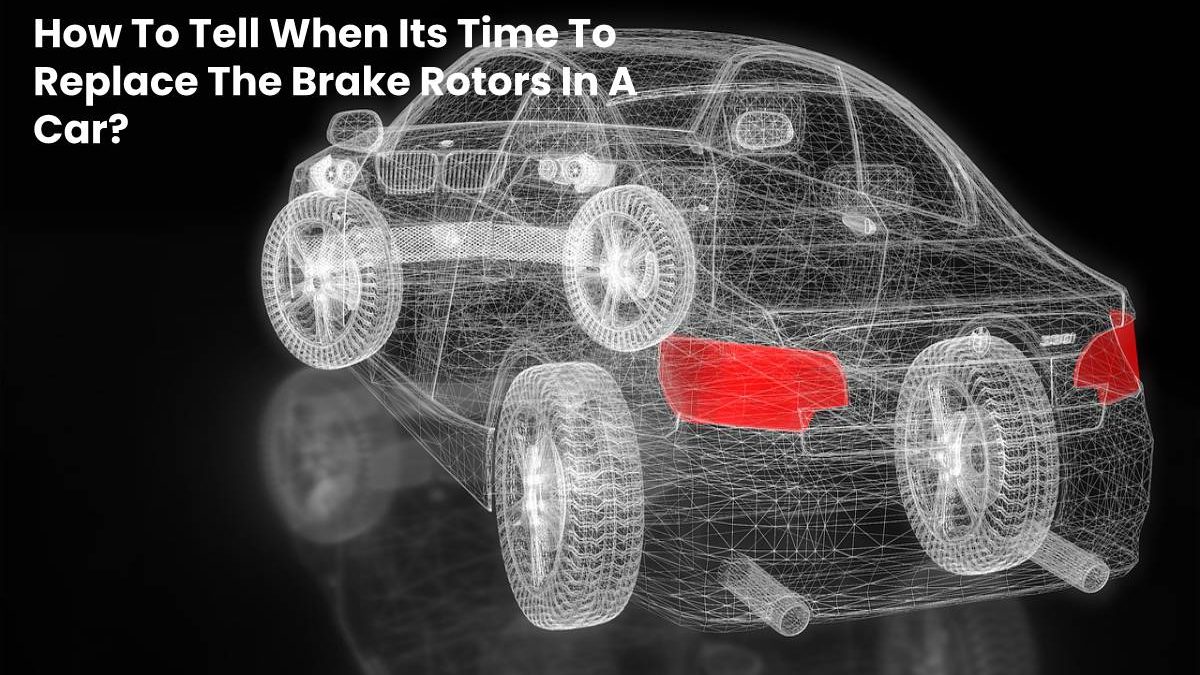A car’s brakes are a vital aspect of its operation and safety and ensure that the car stops quickly when necessary. Modern vehicles are equipped with disc brake systems, which use several different components, one of which is the rotor. Inspect the brakes in a car regularly and replace them when necessary. Make it a habit to inspect the rotor thickness when completing a brake job.
Servicing your brakes is highly important, as they are an integral safety feature in any vehicle. Other parts, such as suspension bushes, are just as important. If you are looking for high quality suspension bushes, click here for one of the UK’s leading supplier of suspension bushes and engine mounts.
Table of Contents
Brake rotors
The brake rotor is the large round thick plate in the braking system. The rotor is connected to the vehicle hub, which in turn is connected to the wheel. The brake caliper is mounted on the rotor and squeezes it when the brakes are applied. When the driver of the vehicle presses the brake pedal, the brake fluid in the hydraulic brake system causes the caliper pistons to press against the brake pads on each side of the rotor, reducing its rotation until it stops. Brake brake rotors and brake pads are essential for this system to work, but you have to keep in mind that every so often you must need to do Tucson Brake Repair depending on the use of your vehicle.
Rotor maintenance
Rotors, such as brake pads, are consumable items in a car, and should be changed periodically. The life of the rotors depends on several factors. Aggressively driven vehicles, or those driven primarily in a stop and forward traffic, will need to replace the brakes and rotors periodically, probably more often than usual. The rotors generally last 30,000 miles or more (48,280 km) before they need to be replaced. The price of the rotors ranges from just US $ 100 for a couple to several hundred dollars or more, depending on the type of car.
Do not replace brake pads with damaged brake rotors
Your brakes depend on the friction of the brake pads as they are pressed against the disc to help stop the car. If new brake pads are placed in a vehicle with damaged brake rotors, the pad will not make proper contact with the surface of the disc, which will reduce the braking capacity of the vehicle. The deep stretch marks that develop on a worn disc act as a perforator or crusher and damage the pad material when pressed against the disc.
When to change brake rotors
- Check the brake rotors and see if they have the right thickness. On the side it appears how much they should measure if they are in good condition, if the level of thickness they have is equal to or less than the one registered, you must change them. This information can also be found in your vehicle’s manual. Periodically you should check the condition of the disks, especially when you reach 10,000 to 30,000 kilometers traveled.
- There are times when the brake rotors are scratched and that is also a reason to change them (regardless of whether the thickness is fine). It is easy to realize this since a strange noise is usually heard in braking if the brake rotors are scratched.
- It is also possible for the brake rotors to deform due to overheating. You may notice this, because when the brake rotors are deformed, a small vibration is felt behind the wheel when braking. If the disks have this anomaly, you must change them.
- Watch the disks regularly, because if they change color (they turn bluish) due to overheating, they should be changed immediately.
- When the brake rotors are rusty, they tend to break into cracks. This is not so usual, although in itself it is an urgent reason for change.

